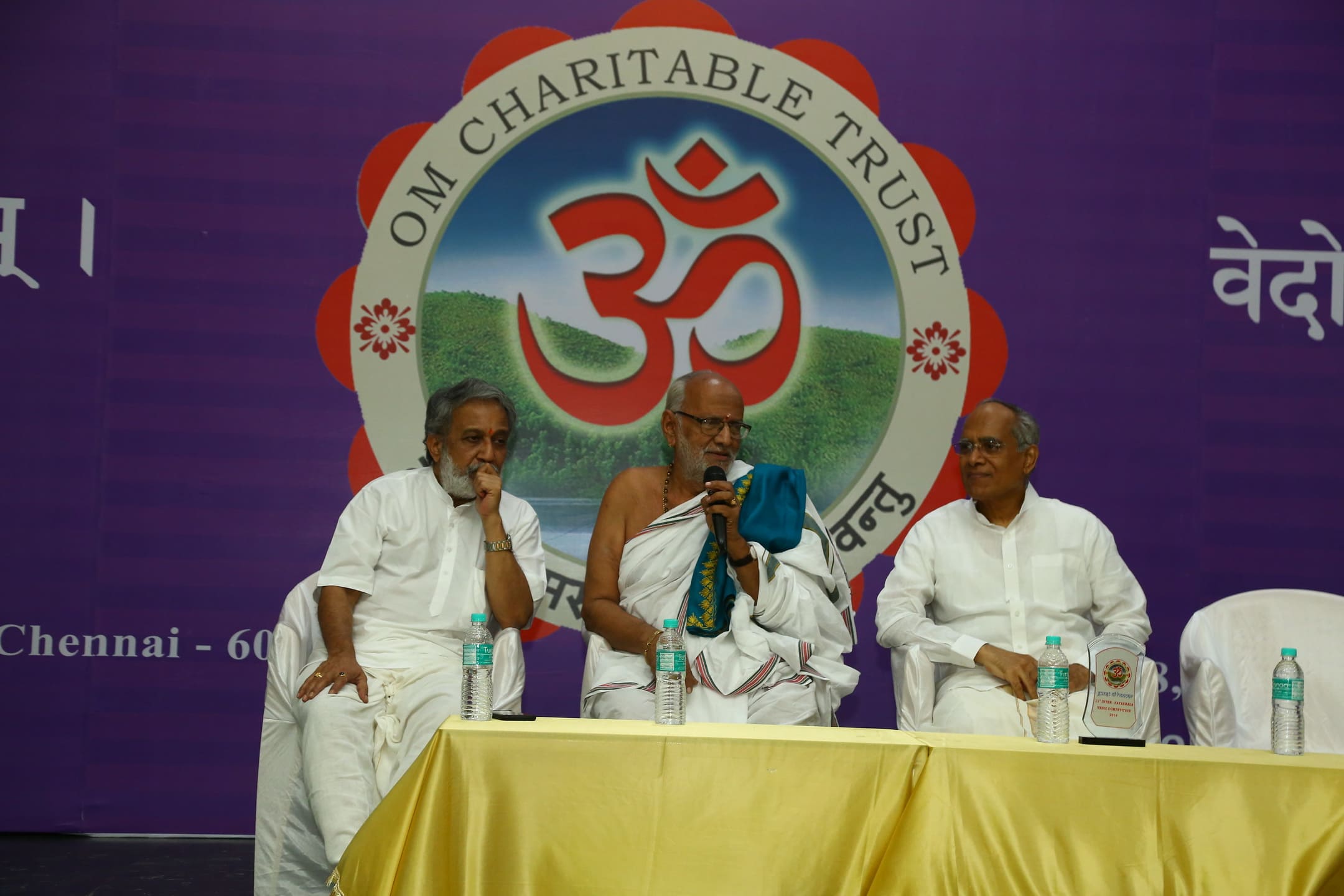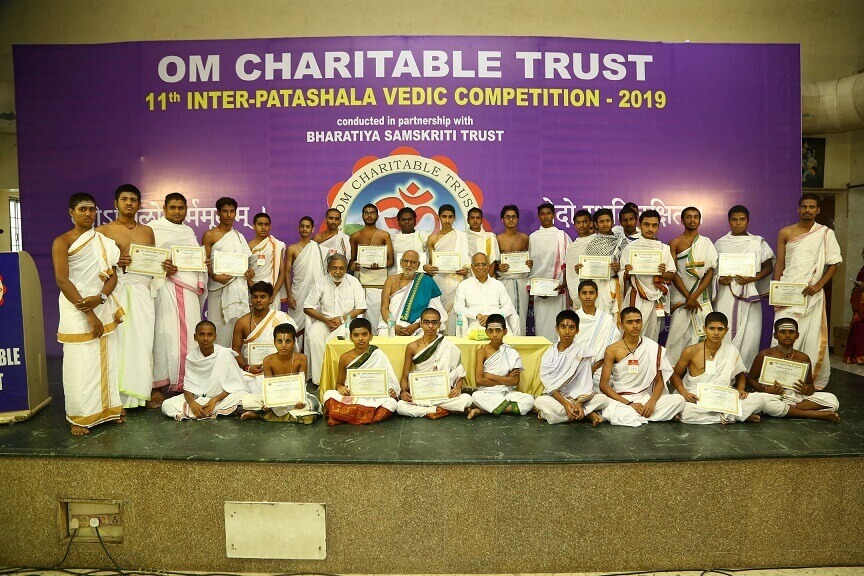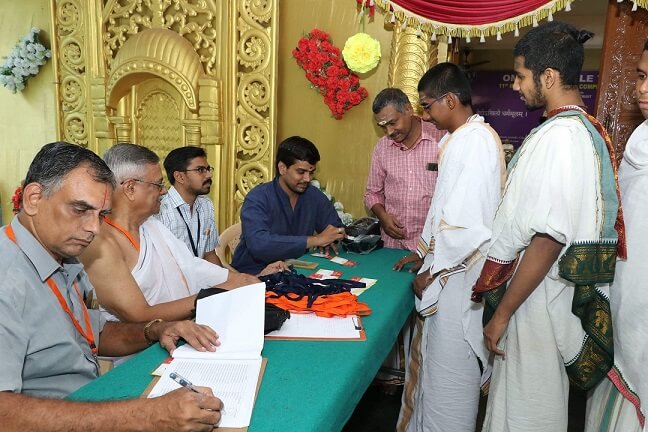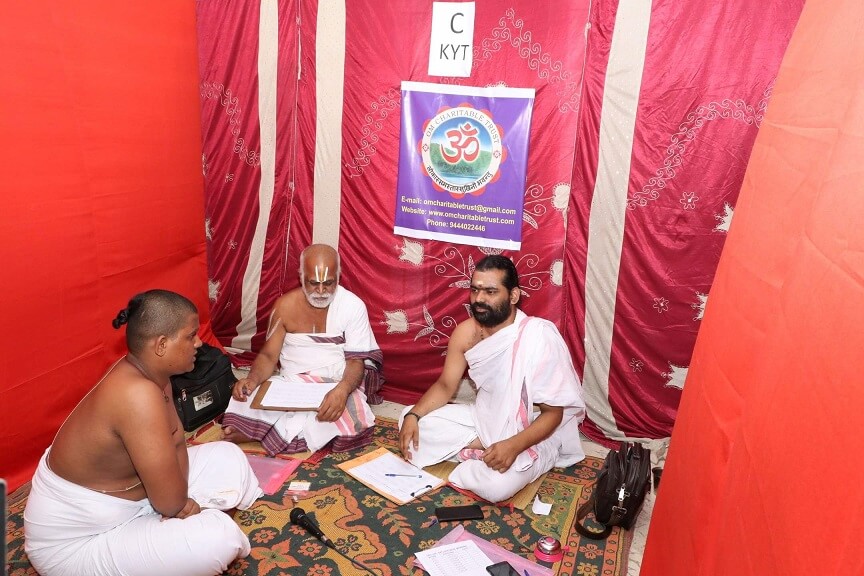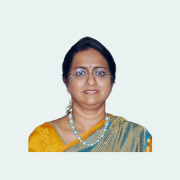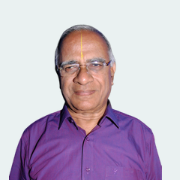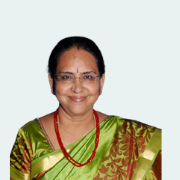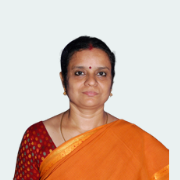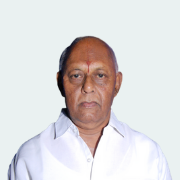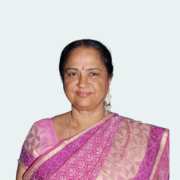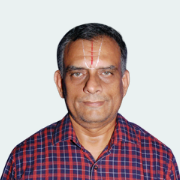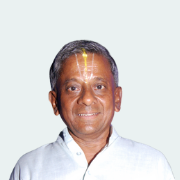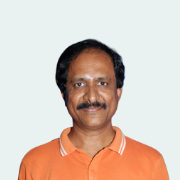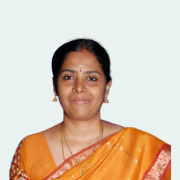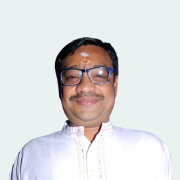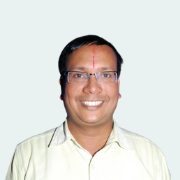UNESCO NOTIFICATION
UNESCO has notified the tradition of Vedic Chanting in India (Asia and Pacific Region) in the Intangible Cultural Heritage List. (Proclaimed in 2003 and Inscribed in 2008). Vedic Education is a unique pristine heritage of India.
WHY VEDAS NEED TO BE PROTECTED
To quote a fewSharp intellect, impeccable conduct and pious disposition are essential to understand the import of vedas. Vedic Scholars protect the world by their very presence.
Valuable Indian Tradition based on vedas leads to everlasting bliss. Evanscent pleasures have robberd people of peace. Revival of Vedas leads to world peace.
Vedic Mantras are Universal andd Catholic. Many Mantras have vanished with passage of time. Preservation of what is left to the posterity paves way for prosperity.
Synchronization of vedic knowledge with modern science will ensure resurgent Bharat to become Economic and Educational Superpower in the World.
Peace and harmony lost due to commercial exploitation of scientific discoveries can be best restored by vedic culture and implementing codes of conduct enunciated in Vedas.
Etemal peace can reign in the world Vedic incantations became all perasive. Vedic community needs to be encouraged to tread the life with dignity.
Secrets hidden in Vedas need to be culled out to understand the fundamentals of life science and to make the human life meaningful and mutually beneficial.
Action Points
About Us
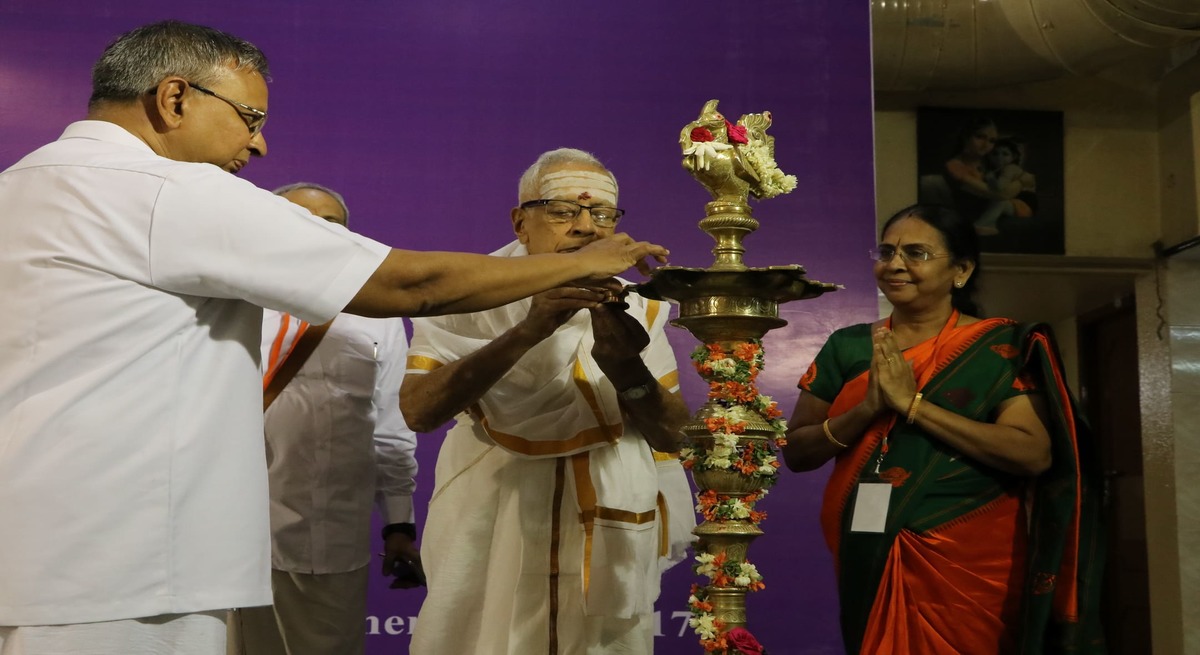
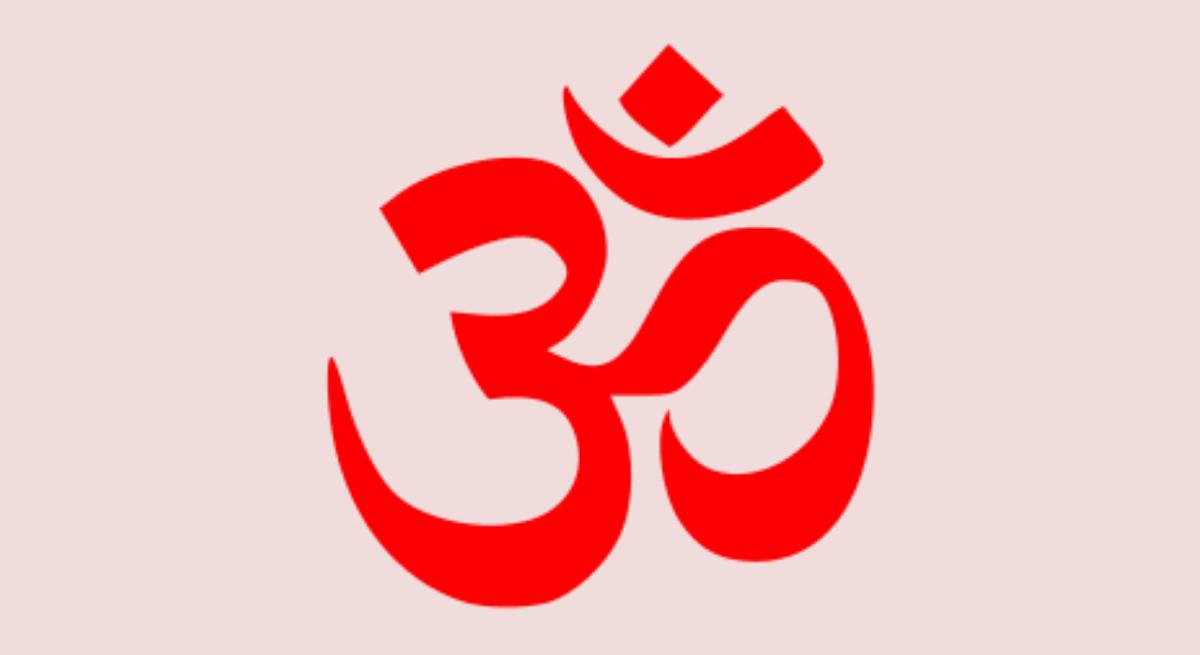
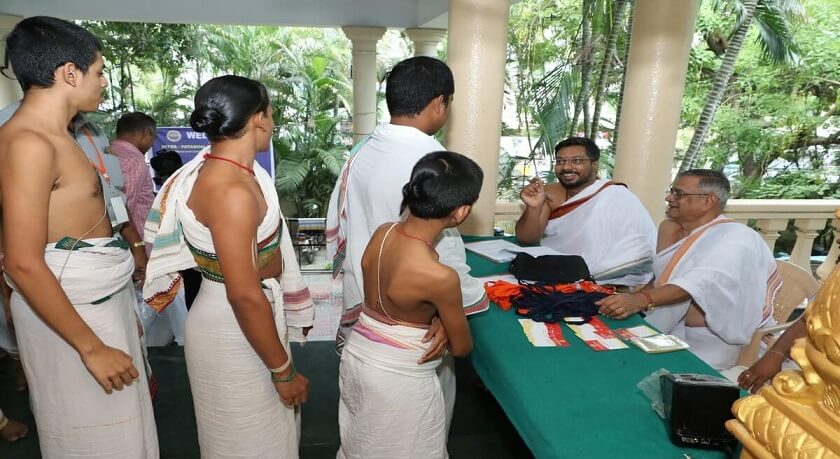


- To Support the Schools having Indian Heritage education
- To encourage students of studies having Indian heritage value
- To organize medical insurance for those upholding Indian traditional Values
- To financially support the teachers running the Schools in “Gurukulam” type
- To provide financial scholarship to those pursuing specialization on Heritage studies
- To evolve a National Representative Body to work for the cause of Heritage education
- To give financial aid to the deserving parents sending their offspring for Heritage studies
- To encourage those doing research on translating Vedic secrets for the benefit of the world
- To create zeal amidst students to excel and pursue deeper and wider into Heritage education
- To help in building the infrastructure to teach modern education to those pursuing traditional subjects
- To support education to all without any barrier of caste, creed and religion as per Indian law
- To work for National integration and to spread harmony among all sections of people of India
it is high time to revive the vedic education
COMPETITIONS
VEDIC COMPETITION
The trust has been conducting Inter-Pāṭhaśālā Vedic competition since 2009 wherein participation is Pan-India. About 1000 students pursuing Ṛk, Śukla Yajur, Kṛṣṇa Yajur, Sāma and Atharva Vedas in Pāṭhaśālās situated across various states participate. The competition is held almost in all available rencensions- Śākala in Ṛk Veda, Taitirīya in Kṛṣṇa Yajur, Kauthuma, Jaimini and Rāṇāyanī in Sāma Veda and Śaunaka and Pippalāda in Atharva Veda. Presently two tier competition is held and best 250 – 300 students are invited for the finals. The syllabus of each Veda is divided into 2 to 4 sections and students are enrolled in each section depending upon his completion of that portion of study. Section-wise competition is held and meritorious students are awarded prizes. The 3- day finals event will comprise of public interest programmes of Vedic Chanting, Discourse, Pāda Pūja for Pundits, Talent show of students, Sanskrit Drama, Quiz on heritage subjects etc., depending on the time availability besides Competition, Inauguration and Valedictory functions.
Eligibility under CSR
The objectives and activities of our Trust are covered under CSR approved applications. The companies are required to spend 2% of their 3 years average profit in any of the 10 items listed in the notification.
SCRIPTURAL SIGNIFICANCE
The term Veda is derived from the root विद् (Vid- to know) with the addition of घञ् (ghañ) termination. It means Knowledge. Knowledge about Dharma, Artha, Kāma and Mokṣha. It teaches the extraordinary means to achieve what is desired and to avoid undesirables. In the words of Sage Vidyāraṇya Veda derives its name by its unique feature - प्रत्यक्षेणानुमित्या वा यस्तूपायो न विद्यते। एनं विदन्ति वेदेन तस्माद्वेदस्य वेदता॥ [That means (approach) which is not known through either perception or inference, is known through Veda. Therefore Veda is called by that name- Knowledge)].
Veda is also called as त्रयी – Trayī with reference to the three Vedas, viz., Ṛgveda, Yajurveda and Sāmaveda which are useful for sacrifices and social requirements. Atharvaveda does not belong to the sacrificial ceremony but caters to the needs of domestic ceremonies and other rites connected with the wealth and welfare of the people at large. Vedas are also called श्रुति – Śruti because they are passed on to generations by oral tradition. The beauty of this oral tradition is that the Vedas got transmitted to generations flawless and without interpolations from the day of origin of the Universe till date. Of course, many portions disappeared from being in practice due to lack of capacity of the later generations to learn and retain besides many other social and political factors.
Vedas are countless. Veda itself declares – अनन्ता वै वेदा: (Infinite are the Vedas). In olden days, people used to learn extensively in all their varieties. Vedas were a composite whole. But with the advancement of Yugas (Kṛta, Treta, Dvāpara and Kali) the intellectual capacity of humans to master the subject and retain it has dwindled. Considering the poor ability of future generations, at the onset of Dvāpara Yuga, Sage Vyāsa who is considered as an incarnation of Lord Viṣṇu, classified the Vedas into four – Ṛk, Yajur, Sāma and Atharva. Each of them in turn had four portions within them. They are called Saṁhitā, Brāhmaṇa, Āraṇyaka and Upaniṣad. Generally the Pūrvabhāga (Former part) consisting of Saṁhitā and Brāhmaṇa portions are termed as Karmakāṇda and the Uttarabhāga (Later part) consisting of Āraṇyaka and Upaniṣad portions are termed as Jñānakāṇda.
Hotā is the Ṛgveda priest who recites Ṛks to invoke the gods to participate in the sacrifice. Adhvaryu is the Yajurveda priest who with the set of rules and mantras directs the performance of the Sacrifice. Udgātā is the Sāmaveda priest who pleases the gods by his Vedagāna – Vedic songs. Brahma is the Atharvaveda priest who generally supervises the sacrificial ceremony and by Vedic prayers wards of all the evils that come to obstruct the performance. Having classified the Vedas into four each catering to the respective duties, Vyāsa Bhagavān entrusted them to his four disciples. He entrusted Ṛgveda to Sage Paila, Yajurveda to Sage Vaiśaṁpāyana, Sāmaveda to Sage Jaimini and Athravaveda to Sage Sumantu and directed them to continue those traditions.
The Ṛgveda Saṁhitā belonging to Śākalaśākhā consists of 1028 Sūktas with 10552 mantras in eight Aṣtakas. The same sūktas and mantras are differently grouped under 10 Mandalas also. The Ṛks are hymns set to meters. The other recensions amounting to 20 have been lost.
Yajurveda has two branches – Śuklayajus and Kṛṣṇayajus. Śuklayajur Saṁhita, otherwise called Vājasaneyīsaṁhitā has two available recensions – Kānva and Māndhyandina. Sage Yājñavalkya who has leant from the Sun god was instrumental in spreading this. It has 40 Adhyāyas and 303 Anuvākas. Kṛṣṇayajurveda has four Śakhās – Taittirīya, Maitrāyanīya, Kāṭhaka and Kapisthalakatha. Taittirīyaśākhā has 7 Khāṇdas and 44 Prashnas. Maitrāyaṇīśākhā otherwise called Kālāpa, has 4 Kāṇḍas and 54 Prapāṭhkas. Kapiṣṭhalakaṭha Saṁhitā is available in fragments. Kāṭhasaṁhita is closely connected with Maitrāyaṇī Saṁhitā. In this Veda, the mantras are found both in prose and poetry. The other recensions amounting to 96 have been lost.
Sāmaveda Saṁhita is available in 3 Śākhās – Jaiminīya, Kauthuma and Rāṇāyanīya. The other recensions amounting to 997 are said to be lost. It has Pūrvārcikā and Uttarārcika. The former consists of 6 Prapāṭhakas and each of them has 10 Daśatis excepting the 6th which has 9 Daśatis. Uttarārcika contains 9 Prapāṭhakas, each of them containing 2 or 3 Khaṇḍas. Of the 1624 mantras 1549 are from Ṛgveda.
Atharvavedasaṁhitā is available in 2 Śākhās – Śaunaka and Paipalāda. The Śaunaka recension has 20 Kāṇḍas and 731 Sūktas. This Saṁhitā is also called Atharvāṅgirasa or Bṛgvāṅgirasa. The other recensions amounting to 48 have been lost.
Ṛkveda Saṁhitās are collection of hymns addressed to different deities who are personification of powers of nature. Hymns on social customs, sports and pastime of the people are also found. Philosophical hymns convey the profound secrets of the Superior Divinity. The purpose of Yajurveda is to adopt the hymns of Ṛgveda into sacrificial ceremonies. Sāmaveda mostly uses the same mantras of Ṛgveda set to musical tunes. Some of the Sāmans popularly known are Gāyatra, Rathanthara, Vāmadevya, Bṛhat, Vairūpa, Vairāja, Śākvarī, Revatī, Yājñayajñīya, Rājana, Go and Mahānāmnī. Sāmaveda is the precursor for the Gāndharva arts (music) of the present days. Atharvaveda is mainly collection of incantations for various purposes. The group of hymns called Bhaiṣajyāni deal with diseases and their characteristics and give prescriptions of medicines and incantations to cure them. Here we find the origin of Āyurveda. Mantras on Politics, exorcise etc., are also found in them.
Brāhmaṇas are in prose. They give details about the sacrificial ceremony. The contents of the Brāhmanas can be brought under two heads – Vidhi and Arthavāda – Directions and Eulogies. Āraṇyakas contain thinking about the deities. They portray the symbolic and philosophical aspects of deities and sacrifices. Upaniṣads are called Vedāntas meaning – Final portions of Veda. Some Upaniṣads are found well within the Saṁhita or Brāhmaṇa and hence they need not be construed to be available only at the end portions of Āraṇyakas. The Upaniṣads are the store houses of the sublime Truths that remain concealed from the normal human ken. There are more than 100 Upaniṣads popularly known and 10 out of them are considered principal Upaniṣads.
The above descriptions are only superficial. The mantras are treasure troves of science and astronomy which are yet to be discovered. The philosophical imports of mantras, if understood properly, lead one to deliverance from the vicious circle of birth and death.
Vedangas literally mean the limbs of the Vedas. They are six in number. Just like the limbs of the body, they perform various supportive and augmenting functions in the study, preservation and protection of the Vedas and the Vedic traditions.
The six Vedangas are:
- Shiksha (phonetics)
- Vyakarana (grammar)
- Chandas (prosody)
- Nirukta (etymology)
- Kalpa (ritual)
- Jyotishya (astronomy)
The Vedangas are very important as illustrated by the following verse by Paṇini
छन्दः पादौ तु वेदस्य हस्तौ कल्पोऽथ पठ्यते। ज्योतिषामयनंचक्षुर्निरुक्तं श्रोत्रमुच्यते।।
शिक्षा घ्राणं तु वेदस्य मुखं व्याकरणं स्मृतम्। तस्मात्साङ्गमधीत्यैव ब्रह्मलोके महीयते।।
Chandas, Kalpa, Jyotiṣa, Nirukta, Śikṣa and Vyākaraṇam are compared as legs, hands, eyes, ears, nose and face respectively of the Vedapuruṣa and one who masters all these alone shines in the Brahmaloka. (Pāṇinīya Śikṣa – 41 and 42)
Śikṣa lays down the rules of phonetics – pronunciation / sounds / duration of utterance of each syllable – euphony. The elements of chanting involve six factors:- Varṇa (syllable), Svara (accent/intonation), Mātrā (duration), Balam (effort), Sāma (even tone) and Santāna (continuity and context). The goal is to achieve correct pronunciation and articulation. Phonetics are most critical in the case of Vedic language, because, a change in sound results in completely different effects. Pāṇinīya Śikṣa is most popular among many books available on this. The different Prātiśākhyas of Vedas constitute the rule books for this. Śaunakīya Prātiśākya is the popular book on this Śāstra.
Vyākaraṇam concerns with the words formation and associated rules to construct a sentence.
Out of 9 grammar books on Sanskrit supposed to have existed only one is presently available and that book is quite comprehensive to explain the usages of both Vaidika and Laukika (Scriptural and mundane) literature. It was written by Sage Pāṇini. The book is called Aṣṭādhyāyī. The commentary on the Vyākaraṇa is called Maha Bhashya written by Sage Patanjali. In it he has specifically mentioned that the main purpose of grammar is to protect Vedas. Vyākaraṇa propounds the Śabda Brahma Vāda – that Sound and Brahman are One - which is the basis of Nāda Brahma Upāsana.
Chandas means the meter in which verses are composed. Although the language of Vedas is referred to as Chandas, the Vedānga Chandas concerns with the poetic and prosaic construction of mantras. Each mantra is dedicated to a Devata, has a specific Chandas and has a Rishi who brought it to the world. We touch our head as we recite the name of the Rishi (symbolically placing his feet on our head), touch the nose when we recite the Chandas (the guardian for the mantra- the meter representing the breath of the mantra) and touch our heart when reciting the name of the Devatā (to meditate upon the deity in our heart). About 850 meters are defined in more than hundred treatises on prosody. Chandasūtra of Piṅgala deals with both Vaidika and Laukika meters.
Nirukta is a book that helps to determine the appropriate meaning of Vedic words with reference to the origin of the words and their context. It is the commentary on the difficult words of Veda (especially of Ṛgveda) with etymologies. Yāska is the author of this Śāstra.
Jyotiṣa deals with Vedic astronomy /astrology. It was mainly designed to help in arriving at the most favorable time for the performance of Vedic rituals; this is to indicate the measure of success or lack of it when Vedic rituals are performed under the influence of a particular Graha, Nakṣatra, Tithi etc. It involves precise mathematical calculations concerning the transit of planets etc., and so mathematics is an integral part of it. Arcajjyotiṣa is the famous Vedic Jyotiṣa book written by Lagadha. Besides the application for Vedic sacrifices, this Śastra has wider applications in the preparations of horoscopes and life predictions. Many astronomical findings of recent years have been found recorded by our ancestors, who were experts in this Śāstra, thousands of years before.
Kalpa a manual which gives the details like a) how a ritual should be done; b) what are the functions of brahmacārīs, gṛhastas, saṁnyāsīs etc. c) what ritual involves which mantra, devata, materials d) how many priests should perform a given ritual, e) what vessel of what shape, size to be used etc. Kalpa Śāstra/Sūtra has been compiled by many sages like, Āpasthamba, Bodhāyana, Vaikhānasa, and others. In each of the Veda recessions, there are two kinds of Kalpa Sūtras – the Śrouta sūtra and the Gṛhya sutra.
In ancient times, the Śrouta karmas were given greater importance than Gṛhya karmas. In addition, there are other texts called, Śulba Sūtras, Dharma Sūtras etc. Śrauta sūtras deal with the method of Vedic rituals such as sacrifices. Gṛhya sūtras deal with domestic rituals associated with major events such as birth, wedding and death. Dharma sūtras deal with code of conduct and proper duties in the life of individuals and śulba sutras deal with mathematical methodology to construct geometries for Vedic rituals. Among the four vedas, the Kalpa Sūtras of Atharva Veda (which itself is very less in practice) are not readily available.
The various Pāṭhas or recitation styles are designed to allow the complete and perfect memorization of the text and its pronunciation, including the Vedic intonations (Svara). In order to protect the Vedas intact, our elders have devised a fool-proof system by which the Vedas are recited variously by joining the words in a complex way. Eleven such ways of reciting the Vedas were designed – Saṁhitā, Pada, Krama, Jatā, Mālā, Śikhā, Rekhā, Dhvaja, Danda, Rathā and Ghana, of which Ghana is usually considered the most difficult. While the first three are called the Prakṛti Pāṭhās (of natural order), the others are Vikṛti Pāthās (Complex order). The following verse from caraṇavyūha of Śaunaka mahaṛṣi says
जटा माला शिखा रेखा ध्वजो दण्डो रथो घन:। अष्टौ विकृतय: प्रोक्ता:क्रमपूर्वा महर्षिभि:॥
The following chart is a presentation of words arrangement in Vikṛti Pāṭhās. Word1, word2, word3 … etc are represented as 1,2,3 etc.,.The grammar and intonation rules will be in accordance with the Prātiśākhya of the respective Vedas. The Vikṛti Pāṭhās other than Jatā and Ghana Pāṭhā are not practiced now-a-days.
Sāmhitā - 123456789
Pada - 1 2 3 4 5 6 7 8 9
Krama - 1 2 *2 3 *3 4 *4 5….
Jatā - 1 2 2 1 1 2 | * 2 3 3 2 2 3 | * 3 4 4 3 3 4 ….
Mālā - 1 2 *2 1 *1 2 | * 2 3 *3 2 *2 3 | *3 4 *4 3 *3 4 ….
Śikhā - 1 2*2 1*1 2 3 | *2 3*3 2*2 3 4 | *3 4*4 3*3 4 5 ….
Rekhā - 1 2 *2 1 *1 2 | *2 3 4 *4 3 2*2 3 | *3 4 5 6 *6 5 4 3 *3 4 | *4 5 6 7 8 *8 7 6 5 4 *4 5 | *5 6 7 8 9 *9 8 7 6 5 *5 6 | *6 7 8 9 *9 8 7 6 * 6 7 | *7 8 9 *9 8 7 *7 8 | *8 9 *9 8 *8 9 ….
Dhavjā - 1 2 *8 9 | *2 3*7 8 | *3 4*67 | *4 5*5 6 | *5 6*4 5 | *6 7*3 4 | *7 8*2 3 | *8 9 *1 2 ….
Danḍa - 1 2 *2 1 *1 2 *2 3 *3 2 1 *1 2 *2 3 *3 4 *4 3 2 1 *1 2 | *2 3 *3 2 *2 3 *3 4 *4 3 2 *2 3 *3 4 *4 5 *5 4 3 2 * 2 3 ….
Rathā - 1 2 *5 6 *2 1 *6 5 *1 2 *5 6 | *2 3 *6 7 *3 2 1 *7 6 5 *1 2 *5 6 *2 3 *6 7 | *3 4 *7 8 *4 3 2 1 *8 7 6 5 *1 2 *5 6 *2 3 *6 7 *3 4 * 7 8 | *4 5 *8 9 * 5 4 3 2 1 *9 8 7 6 5 *1 2 *5 6 *2 3 *6 7 *3 4 *7 8 *4 5 *8 9 ……
Ghana - 1 2 2 1 1 2 3 3 2 1 1 2 3 | *2 3 3 2 2 3 4 4 3 2 2 3 4 | *3 4 4 3 3 4 5 5 4 3 3 4 5 …..
Understanding Vedas is a difficult job even with an erudition on Sanskrit. It requires extensive knowledge on the Vedic rituals, Vedāngas, Veda Lakṣanam (Features), Vedic deities, Smṛtis (Custom manuals), Purāṇas (Stories of gods), Itihāsas (epics), Darśanas (Philosophical treatises) etc., besides exemplary mastery over Sanskrit language. Some of the Ṛgveda interpreters are Ācāryas Skandaswamin, Udgīthācārya, Venkatamādhava and Ānandatīrtha (Madhavācārya). Sri Hariswamin has a written bhāṣya on Śatapathabrāhmaṇa. Ācāryas Mādhava, Bharataswāmin and Guṇaviṣṇu have written bhāṣya on Sāmaveda. Ācārya Bhatta Bhāskara has written a commentary on Kṛṣṇayajur Veda Saṁhitā. Ācāryas Uvaṭa, Mahīdhara and Halāyudha have written commentaries on Śuklayajurveda.
Sāyaṇācārya has written bhāṣyas on all the four Veda Saṁhitās, Brāhmaṇas and Āraṇyakas. His work is considered to the best authority on Veda Bhāṣya. His interpretation is traditional. Some contemporary commentators on Vedas are Śri Kapāli Śastry, Śri Aurobindo and Swamy Dayānanda. Foreign commentators like Max Muller can be called free translators interpreting the Vedic passages with the background that is foreign to Indian tradition.
There are 6 Vaidika Darśanas widely read in Indian tradition. They are Mīmāmsā, Tarka, Vedānta, Sāṁkhya, Yoga and Vaiśeṣika. Of these, first three are considered very essential in understanding the import of Vedas. Mīmāmsā deals with interpretation of Vedic sentences, Tarka deals with logical analysis and Vedānta deals about the Supreme Being that is cause for this world and ways to get emancipated. Mīmāmsā and Vedānta are called Pūrva and Uttara Mīmāmsā respectively. While Vyākaraṇa is called Padaśāstra, Mīmāmsā is called Vākya Śastra and Tarka (Nyāya) is called Pramāṇa Śastra.
Upa Vedas are largely secular in nature. Gāndharva Veda is music, Śilpa Veda is relating to sculpture, Āyur Veda is about medicine and Dhanur Veda deals in archery or art of war.
The Dharma Śāstras deal with duties of an individual in socio- religious life. They are found written in aphorisms (Sūtra) or in verses (Śloka). They are included in Smṛtis and are part of Kalpasūtras. The Dharmasūtras contain guidelines for individual and social behavior, ethical norms, as well as personal, civil and criminal law. They discuss the duties and rights of people at different stages of life (āśramas) like studenthood, householdership, retirement and renunciation. They also discuss the rites and duties of kings, judicial matters, and personal law such as matters relating to marriage and inheritance.
The Smṛti is considered authoritative next only to Vedas. They owe their authority to Vedas. Many Ṛṣis have written Smṛtis. This literature is a corpus of diverse varied texts. This corpus includes Vedāngas, epics, Dharmaśāstras, Arthaśastrās and Purāṇas. Manu Smṛti and Yājñavalkya Smṛti are popularly known Smṛti books.
The author of Nirukta, Śri Yāska says that स्थाणुरयं भारहार: किलाभूदधीत्य वेदं न विजानाति योऽर्थम् -“He who does not know the meaning even after reading Veda, is indeed a post which bears a mere burden”. Ādi Śankarācārya in his commentary to verse 20 of the 17th chapter of Bhagavadgīta has defined the word “deserving recipient – पात्र:” as a scholar versed in Vedas with their six limbs. Chandogya Upaniṣad says यदेव विद्यया करोति... श्रद्धया उपनिषदा... तदेव वीर्यवत्तरं भवति - (1.1.10) which means “Whatever work is done with knowledge,. through faith and backed by meditation,. that alone becomes most effective”. Sage Manu says, “अङ्गानि वेदाश्चत्वारो मीमांसा न्याय विस्तर:। पुराणं धर्मशास्त्रञ्च विद्या ह्येताश्चतुर्दश॥ – The four Vedas with their six auxiliaries, Mīmāmsā, Tarka, Purāṇas and Dharmaśastras constitute the 14 Vidyasthānas - Pramāṇa Granthas (Authoritative Texts) for the human life. Hence it is imperative on a person undergoing Vedic studies to learn all these texts along with his Vedaśikṣa (Vedic education) besides understanding the meanings of Vedas. As for others who have not learnt Vedas, it is a bounden duty to support those versed in Vedas and if possible help them to master the auxiliaries and other texts having pristine Indian Heritage value.

